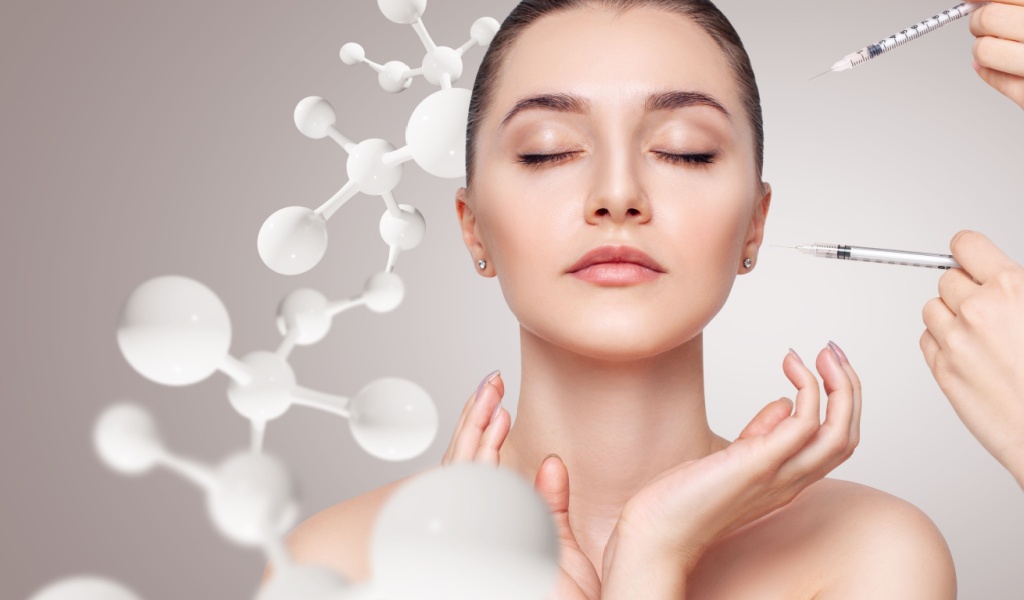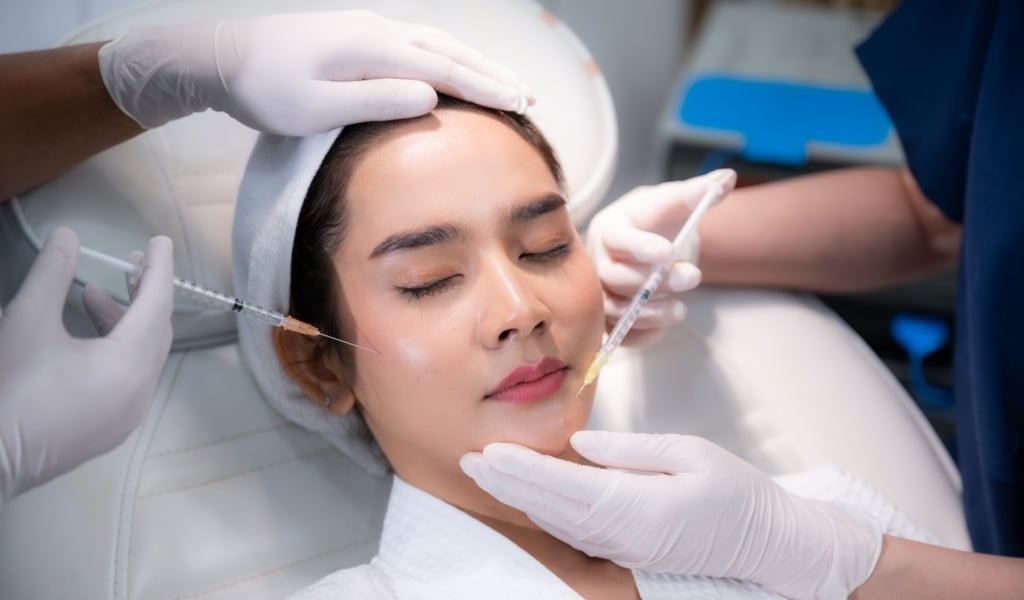One of the greatest fears of growing old is the effects of it showing on our skin. Of course, some people see the creases, folds, and ridges on the face as a testament to a life well-lived, but many others would look into the mirror with worry and concern. However, fine lines and wrinkles are part and parcel of growing old, and they’re beautiful in their own way.
Loving one’s wrinkles takes a lot of strength, particularly today, where nearly every person you see in magazines and social media looks picture-perfect. Plastic surgery is certainly an option to make yourself look youthful, but it’s invasive, takes a while to heal, and is expensive. As an alternative, people turn to Botox and fillers. Many assume that Botox and fillers are pretty much the same, but they are vastly different.
Let’s dive deeper into this.

What Is Botox?
Botox is a cosmetic procedure that can smoothen wrinkles and fine lines on the face. It is made from toxins from a bacteria known as Clostridium botulinum, which can cause a severe infection called botulism at high doses. Therefore, Botox injections are carefully administered in minimal doses and isolated to specific muscles.
It works by blocking the nerve’s chemical signals that convey the message for the muscles to contract. Botox injections paralyze the underlying facial muscles from moving, stopping more fine lines from appearing.
What Does Botox Correct?
We get wrinkles with time and age due to repeated muscle movements in the facial area. These wrinkles, also called “expression lines,” are caused by frowning, smiling, and squinting. Luckily, Botox is effective in correcting these, including lessening forehead creases, lines between the eyebrows, and the appearance of crow’s feet. For ideal results, a touch-up would be required every three or four months.
Botox injections also ease pain associated with muscular issues. Therefore, people who have migraines, TMJ disorders, and overactive bladder may also get Botox injections.
What are Dermal Fillers?
Dermal filling is a cosmetic procedure that involves injecting a liquid implant into the skin to smooth out facial features. It works by filling in static wrinkles to replace lost volume that happens over time. Several types of fillers use different synthetic materials. One of the most common ones is hyaluronic acid, a natural skin component that helps achieve a smooth and plump look.
What Can Fillers Correct?
Dermal fillers are primarily used to correct skin sagging or loss of plumpness in the neck, face, and jaw area. They can enhance the lips, reduce the appearance of recessed scarring, and fill in any shallow areas on the face. They’re a great option for improving the look of laugh lines, sleep wrinkles, lip lines, deep folds in the under-eye area, and so on.
When To Get Botox And When To Get Filler
Every facial wrinkle should not be treated similarly. One should identify the two primary types of facial wrinkles to understand the difference.
Dynamic Wrinkles: Muscle activity from facial movements can cause dynamic wrinkles. For example, the lines on your forehead when you raise your eyebrows or the appearance of crow’s feet at the corner of your eyes when you smile or squint.
Static Wrinkles: Static wrinkles are folds and lines that can be seen even when the face is relaxed, like laugh lines. They appear because the skin loses its collagen and elasticity as we age.
Botox is best for dynamic wrinkles; the three most common treatment areas are the forehead, between the eyebrows, and around the eyes. Fillers are used to treat static wrinkles and tackle the loss of volume in the lower face. They also add plumpness to sunken cheekbones and make the lips appear fuller.
In summary, Botox treats the underlying muscle, while fillers treat the lines that appear even at rest.
Botox and fillers are safe procedures; less than 1% of patients complain of significant side effects. However, it’s best to be aware of them nonetheless.

Side Effects Of Botox
Botox’s side effects are small and temporary, lasting only a day or two. They include swelling, pain, redness, and bruising at the injection site, flu-like symptoms, headache, neck pain, temporary paralysis of nearby muscles (like eyelid drooping), and indigestion.
In very rare cases, the botulinum toxin can spread away from the injection site and cause a deadly bacterial infection known as botulism. Besides this, cardiovascular issues like heart attack or arrhythmia are rare side effects.
Side Effects Of Dermal Fillers
Dermal fillers are also safe. Short-term complications that only last a couple of days include numbness, pain, redness, swelling, and bruising at the injection site, itchiness, and cold sores. Infection is also a side effect, which, if left untreated, can lead to serious issues like necrosis (tissue death).
If the filler material is distributed poorly, it could cause facial asymmetry, ridges, lumpiness, skin damage, and scarring. The most significant issue with fillers is an allergic reaction to the synthetic substance injected. Therefore, it is imperative to watch out for any of the below-mentioned symptoms:
- Tightness of the chest, difficulty in breathing, or shortness of breath
- Difficulty in swallowing
- Abdominal cramps, vomiting, or diarrhea
- Hives or rashes
A rare but serious side effect of fillers is vision problems. If you notice any issues with your eyesight, along with pain, weakness, or discomfort on one side of the body, get medical help immediately.
Some poorly trained practitioners can accidentally inject filler material into the blood vessels, which can cause tissue death, stroke, or blindness. Therefore, ensure that you get your filler from a well-qualified professional and that the medical-grade filler does not have any ingredients you are allergic to.



